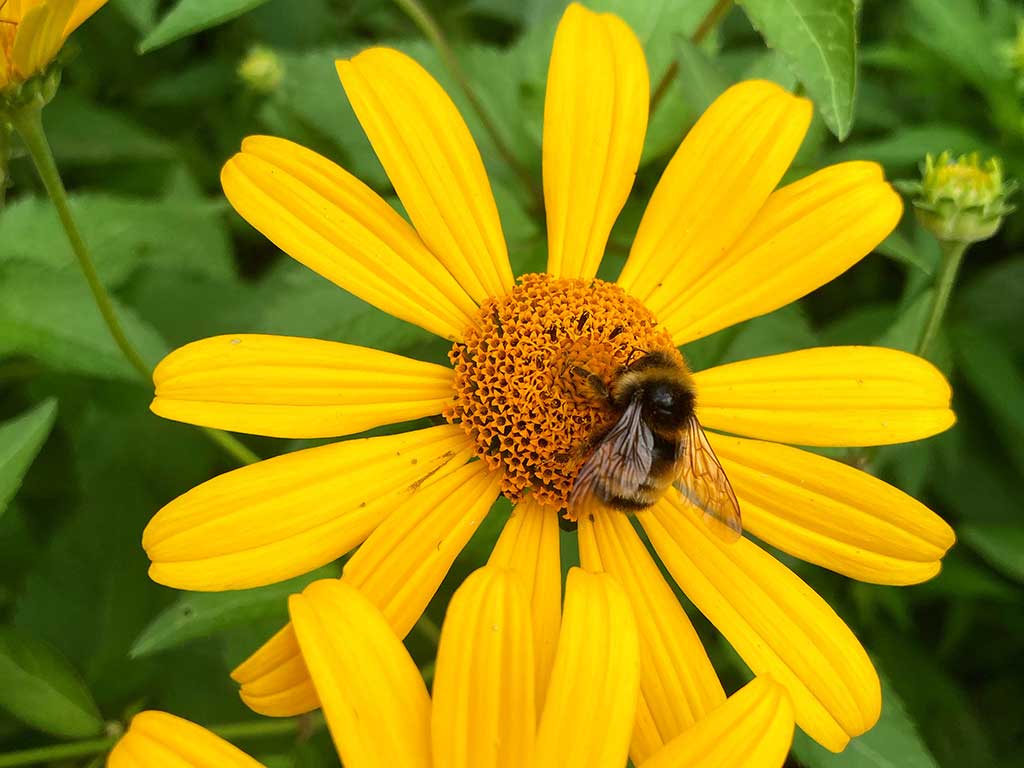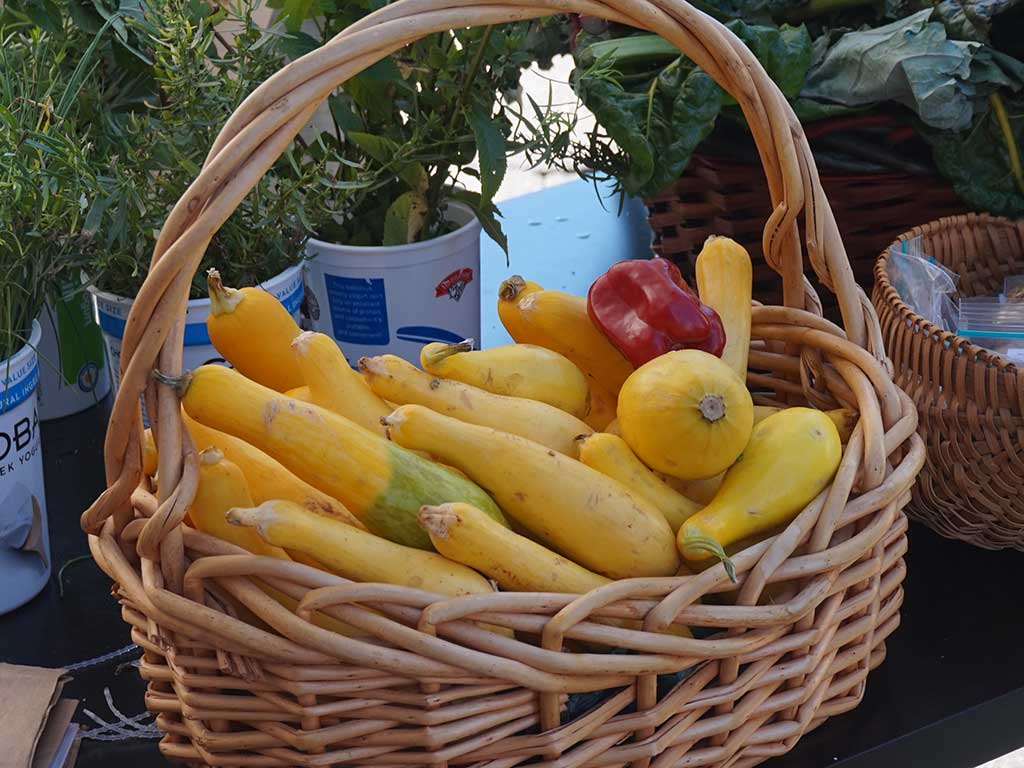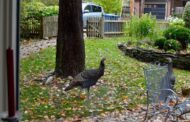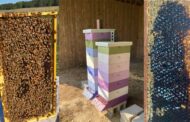
Preparing your yards this spring
By Jade Christensen
Spring is here, which means flowers are blooming and it’s time to get our gardens ready for the year. Before you get started, let’s dig deeper into the reasons behind No Mow May and Leave the Leaves initiatives and how they relate to saving the bees.

We are constantly hearing “save the bees”; well, this is your chance to do so. Important native bees and insects live under that leaf litter through the winter. This litter creates an insulating layer to protect them from the snow, wind, and rain. Not raking your leaves in the fall creates this vital habitat to a variety of our native solitary bees, bumble bees, beetles, and butterflies. This includes some of our favorite butterflies and moths, like the Eastern Tiger Swallowtail, Question Mark, Mourning Cloaks, and Hummingbird Clearwing which is a sphinx moth species.
In the springtime, while we enjoy the scattered 50-degree temperatures, they are still tucked away safe. Most of these creatures won’t start emerging until it’s been above 50 degrees consistently, and even then, they may still need the leaf litter as the temperatures fluctuate. Removing the leaf litter early will remove that protective layer.
No Mow May
Leaf litter is what keeps pollinators safe in the winter, and tall grass can be used as protection for small mammals as they search for food in the spring. Lawns are also home to flowers like dandelions, crocuses, snowdrops, violets, and more. These flowers can be a key staple for pollinators as they are emerging for the year. Since we have fewer flowering plants early in the year (April, May), we need to leave as many options for them as possible. Increasing their food source will increase their chance of survival.
So, let’s leave the leaves and not mow in May, to help us save the bees and butterflies this year. Wait until the end of May, or consistent warm temperatures before doing a spring cleanup in the garden.
Take this spring to relax before the summer picks up, and let your gardens do the same.
Sources
PennState. (2021). Insect Life Under the Leaves. Penn State College of Agricultural Sciences,
Department of Entomology.
Wheeler, J. (2017). For Pollinators’ Sake, Don’t Spring Into Garden Cleanup Too Soon!. Xerces
Society for Invertebrate Conservation.





